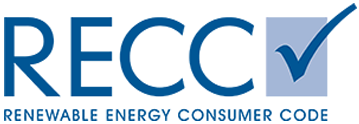#1 Solar Panel Company Hampshire
Providing Sustainable, Reliable Energy for Homes and Businesses
Tap into our 20+ years of renewable industry experience to reduce your energy costs. From local businesses to larger commercial projects, our trusted team is here for you.

Solar Panel Installation
Is your business ready to make an impact? It’s time to invest in solar energy. With the help of TPH Ltd, your leading Hampshire Solar Panel Company, you can introduce renewable energy to your business and start making a difference.
Commercial solar panel installations in Hampshire
TPH Ltd is one of the leading Solar Panel Companies Hampshire and providers of solar panel installations in Hampshire. With more than 20 years of experience, we provide solar installations for a range of business types, helping businesses become greener and cleaner, while also saving money. As an experienced Hampshire solar panel company, you can rely on us for quick installation and high customer satisfaction.
Why choose solar?
If you haven’t already invested in solar energy, here are some of the reasons why you should:
- Offset your carbon emissions
- Cut your energy bills
- Increase the value of your property
- Energy independence
- Solidify your commitment to running a greener business
Investing in a solar panel install hampshire for your business will bring you many benefits, while also making an impression on clients or customers. Our solar panel company in Hampshire is committed to transforming the energy landscape, ensuring businesses have the resources they need to enjoy renewable energy.
For more information about our services or for a free installation quote, call us on +44 (0) 330 123 9575 or +44 (0) 773 666 9612, or email enquiries@tphinfo.co.uk and one of our team will be happy to help.



